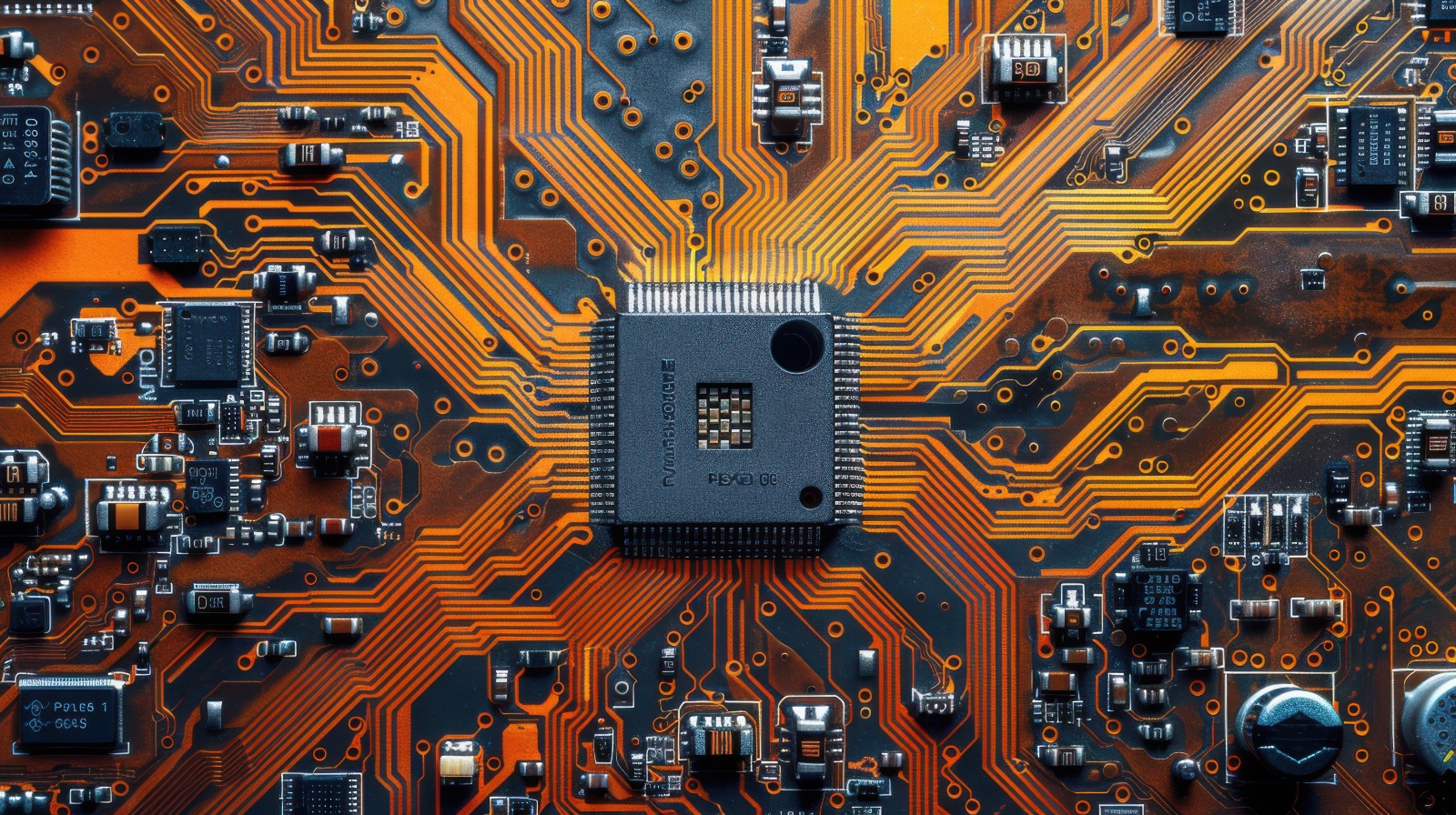Hardware Design
Creation & specification of physical components and circuits.
Our Offerings
Microcontrollers/Microprocessors: Selection of appropriate microcontroller or microprocessor based on the requirements of the embedded system, considering factors like processing power, memory, I/O capabilities, and power consumption.
Peripherals: Designing or selecting peripheral components such as sensors, actuators, communication interfaces (e.g., UART, SPI, I2C), and display modules based on system requirements.
Power Management: Designing power supply circuits and implementing power management techniques to optimize energy consumption and extend battery life.
PCB Design: Creating printed circuit board (PCB) layouts considering factors like signal integrity, electromagnetic interference (EMI), and manufacturability.
Firmware Development
Designing and coding software that is embedded with hardware devices to control their functionality and behaviour.
Our Offerings
Embedded C/C++ Programming: Writing firmware code using low-level programming languages like C or C++, which are optimized for resource-constrained environments.
RTOS (Real-Time Operating System): Utilizing RTOS or bare-metal programming depending on the real-time requirements of the system. RTOS provides scheduling, task management, and synchronization mechanisms.
Device Drivers: Developing device drivers to interface with hardware peripherals and abstract low-level hardware details for easier application development.
Interrupt Handling: Implementing interrupt service routines (ISRs) to handle asynchronous events and ensure timely response to external stimuli.
Memory Management: Efficiently managing memory resources, including static and dynamic memory allocation, to optimize memory usage and prevent memory leaks.
Software Development
Systematic process of designing, coding, testing and maintaining computer programs to meet specific user needs and objectives.
Our Offerings
Application Development: Writing application-level software to implement the desired functionality of the embedded system, often using higher-level programming languages like Python or Java.
Communication Protocols: Implementing communication protocols such as UART, SPI, I2C, CAN, Ethernet, and wireless protocols (e.g., Wi-Fi, Bluetooth, Zigbee) to enable data exchange between embedded systems and external devices.
GUI Development: Designing and developing graphical user interfaces (GUIs) for embedded systems that require user interaction, using frameworks like Qt or embedded-specific GUI libraries.
Testing and Debugging: Performing unit testing, integration testing, and system testing to ensure the correctness, reliability, and robustness of the software. Debugging software issues using debugging tools and techniques tailored for embedded systems.
System Integration
Combining different subsystems and components into one cohesive and functioning system.
Our Offerings
Hardware-Software Integration: Integrating firmware and software components with the hardware platform, ensuring proper functionality and compatibility.
Sensor Integration: Interfacing sensors and actuators with the embedded system, calibrating sensors, and implementing signal processing algorithms for sensor data.
Communication Network Integration: Configuring and managing communication networks within embedded systems, including wired and wireless networks, and implementing network protocols for data exchange.
Testing and Validation
Systematic process of assessing software or hardware components to ensure that a specific standard is met.
Our Offerings
Unit Testing: Testing individual software modules or firmware components in isolation to verify their correctness and functionality.
Integration Testing: Testing the integrated system to ensure that individual components work together as expected and meet system-level requirements.
Validation Testing: Conducting validation tests to verify that the embedded system meets the specified requirements and performs its intended functions in its operational environment.
Deployment and Maintenance
Ongoing processes of installing, configuring, and managing software or hardware systems to ensure their optimal performance and reliability throughout their lifecycle.
Our Offerings
Deployment: Deploying embedded systems to their target environment, including installation, configuration, and setup.
Field Updates: Implementing mechanisms for remote firmware updates and software upgrades to maintain and enhance the functionality of deployed embedded systems.
Maintenance: Providing ongoing support, troubleshooting, and maintenance for deployed embedded systems, including diagnosing and fixing issues, optimizing performance, and addressing changing requirements.







